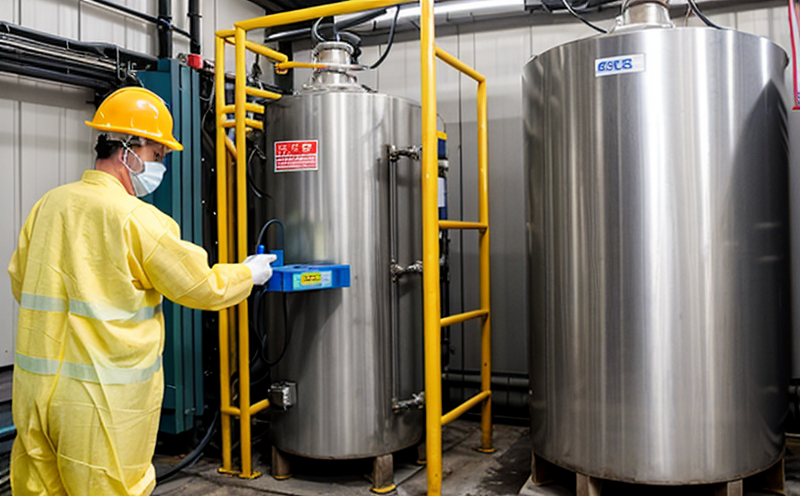Safety and Standards for Environmental Testing
Environmental testing is a critical component of ensuring that products and materials are safe for use in various environments. As consumers become increasingly aware of the importance of environmental sustainability, manufacturers must take steps to ensure their products meet rigorous safety standards.
In this article, we will discuss the importance of safety and standards in environmental testing, as well as provide guidance on how to achieve compliance with regulatory requirements. We will also delve into the details of two critical aspects of environmental testing: material safety and emissions testing.
Material Safety
When it comes to material safety, manufacturers must consider a range of factors that can impact human health and the environment. Some key considerations include:
Chemical composition: Materials may contain chemicals that are hazardous to humans or the environment. Manufacturers must identify these substances and ensure they are handled and used safely.
Physical properties: Materials can exhibit physical properties, such as flammability or toxicity, that pose a risk to human health or the environment.
Degradation products: Some materials may degrade over time, releasing hazardous substances into the environment.
To mitigate these risks, manufacturers should adhere to regulatory guidelines and industry standards for material safety. For example:
The European Unions Restriction of Hazardous Substances (RoHS) Directive sets limits on the use of hazardous materials in electrical and electronic equipment.
The California Environmental Protection Agencys Safer Consumer Products Regulations require manufacturers to assess the risks associated with certain chemicals in consumer products.
Emissions Testing
Emissions testing is critical for ensuring that products do not harm human health or the environment through air, water, or soil pollution. Some key considerations include:
Air emissions: Products may release pollutants into the air, contributing to climate change and other environmental issues.
Water emissions: Products can contaminate water sources, posing a risk to human health and the environment.
Soil emissions: Products may leach chemicals into soil, affecting plant growth and ecosystem health.
To mitigate these risks, manufacturers should conduct thorough emissions testing and adhere to regulatory guidelines. For example:
The U.S. Environmental Protection Agencys (EPA) Toxics Release Inventory (TRI) requires companies to report on the release of toxic chemicals.
The European Unions Registration, Evaluation, Authorisation, and Restriction of Chemicals (REACH) Regulation sets strict requirements for emissions testing.
QA Section
Here are some additional questions and answers related to safety and standards for environmental testing:
1.
What is the difference between material safety and emissions testing?
Material safety focuses on the inherent properties of materials, such as their chemical composition or physical properties. Emissions testing, on the other hand, examines how products interact with their environment, including air, water, and soil pollution.
2.
Why are standards important in environmental testing?
Standards provide a framework for manufacturers to ensure that their products meet regulatory requirements and industry best practices. Adhering to standards helps prevent costly recalls, reputational damage, and other negative consequences associated with non-compliance.
3.
What role do regulations play in environmental testing?
Regulations provide the foundation for safety and standards in environmental testing. Manufacturers must comply with these regulations, which often include specific requirements for emissions testing and material safety assessments.
4.
How can manufacturers ensure their products are safe for use in various environments?
Manufacturers should conduct thorough risk assessments and testing to identify potential hazards associated with their products. They should also adhere to industry standards and regulatory guidelines, as well as engage with stakeholders, including customers and regulators, to address any concerns.
5.
What is the significance of emissions testing in environmental sustainability?
Emissions testing plays a critical role in ensuring that products do not harm human health or the environment through air, water, or soil pollution. By identifying potential pollutants and taking steps to mitigate them, manufacturers can help reduce their environmental footprint and contribute to sustainable development.
By prioritizing safety and standards in environmental testing, manufacturers can ensure their products meet regulatory requirements and industry best practices. This not only helps prevent costly recalls and reputational damage but also contributes to a more sustainable future for generations to come.

































